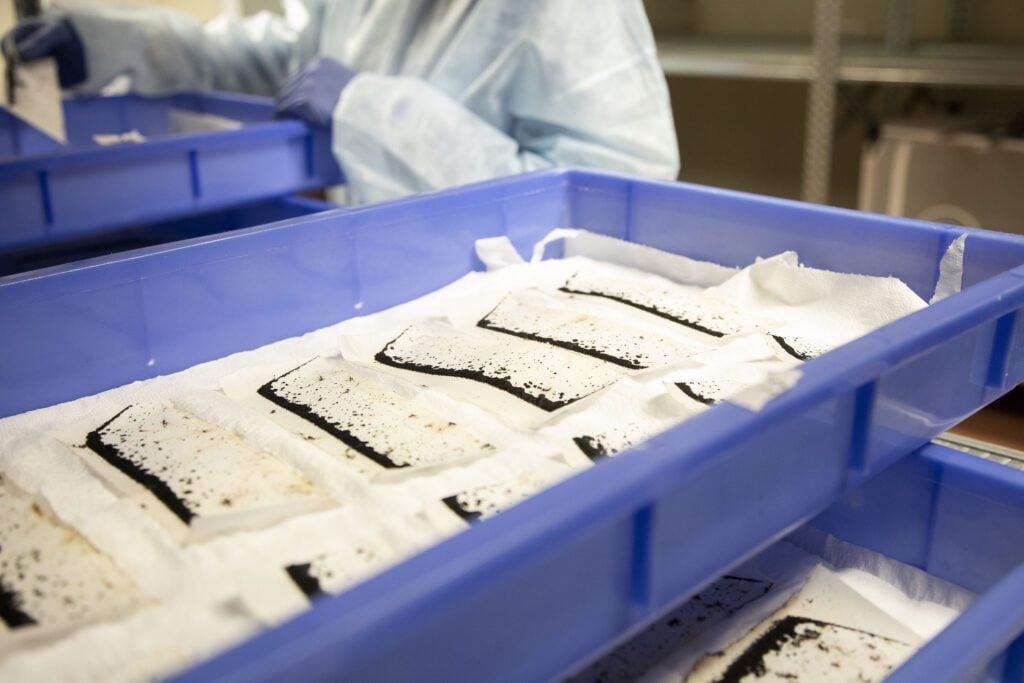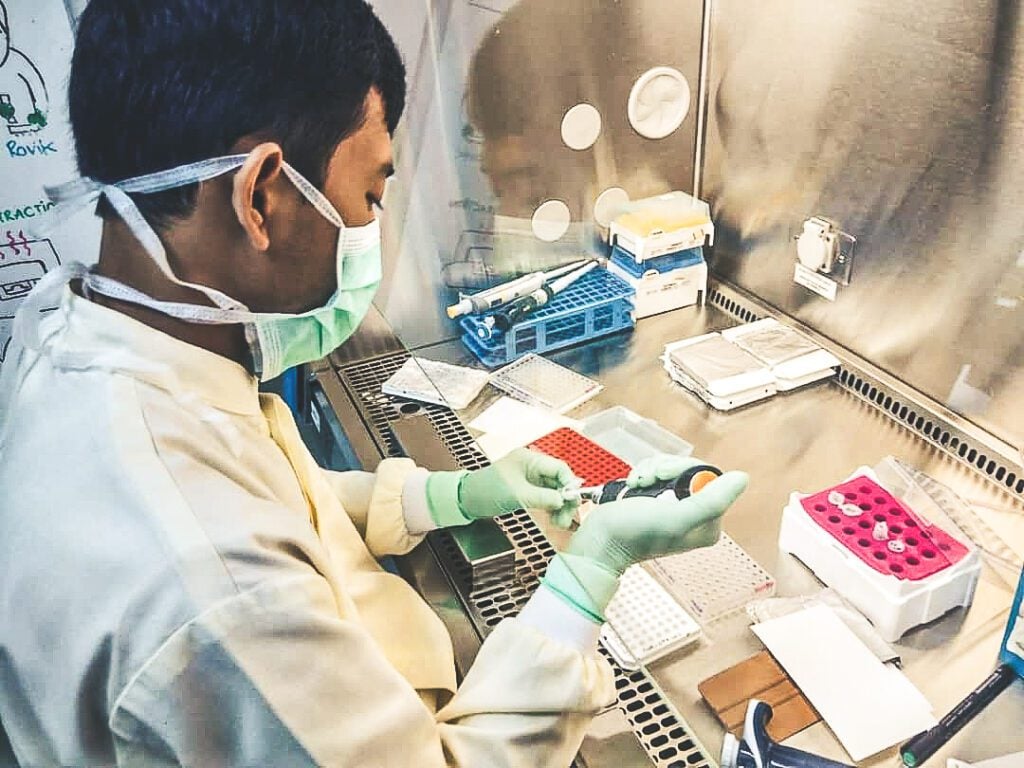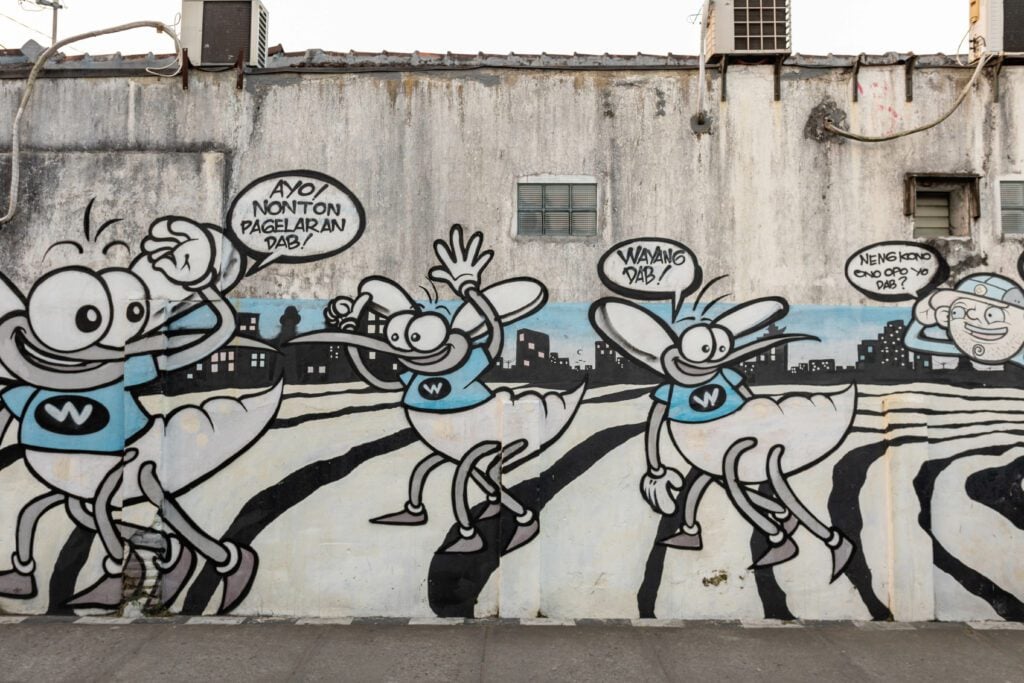Bali’s climate makes it one of the most popular tourist destinations in the world, but life on the Indonesian island also presents challenges, one of the largest of which is dengue fever – the fastest-spreading mosquito-borne disease in the world.
Later this year, a team from the World Mosquito Program, in partnership with the Balinese government, will attempt to “dengue-proof” the island with pioneering technology that puts mosquitoes at the heart of tackling the diseases they spread.

Since 2014, millions of mosquitoes have been released around the city of Yogyakarta, on the south coast of Indonesia. Initially, the releases were limited. Two villages just north of Yogyakarta, in the Sleman province, were chosen for a community engagement project ahead of the first trial, and work then progressed to trial runs in seven more urban villages on the northwest perimeter of the city. By 2017, the trials had graduated to Yogyakarta city itself, and by 2020, these mosquitoes had been released in 13 sub-districts, 39 villages, and 588 sub-villages in Sleman. Some 12,400 volunteers from the area assisted with the project, including nearly 10,000 offering to host and release the mosquitoes themselves.
In August 2020, the World Mosquito Program (WMP) published the results of the project. The area had long been plagued by outbreaks of dengue (or dengue fever), the most rapidly spreading mosquito-borne disease in the world, and the Wolbachia mosquitoes were designed to combat it.
The WMP project led to a 77% reduction in dengue incidence and an 86% reduction in hospitalizations in areas that were ‘treated’.
What makes the WMP’s mosquitoes special is the presence of a natural bacteria known as Wolbachia. Dengue is just one of the viruses that Wolbachia prevents, as the bacteria also blocks Zika, chikungunya and yellow fever in humans. Once released, the Wolbachia mosquitoes reproduce with wild mosquitoes, spreading the bacteria throughout the mosquito population, reducing virus transmission and serious illness.

Now, the WMP is expanding on its Wolbachia effort further. Bali is a key part of the global project, but Wolbachia mosquitoes have now been released in 10 other countries – Brazil, Colombia, Mexico, Sri Lanka, Vietnam, Australia, Fiji, Kiribati, Vanuatu and the French territory of New Caledonia – as well as Indonesia.
“Dengue was found in Indonesia in 1968,” explains Bekti Andari, the project manager of the Bali operation. In the last 50 years, it has spread to all 29 of the country’s provinces, and in 2020 Bali had the highest dengue incidence in the country, with 270 cases per 100,000 people. This is why it has been chosen for the latest WPM expansion.
READ: Inside London’s Super Sewer | The mammoth new tunnel under the River Thames
“We’ve got really good support from the local government,” Andari continues, “but also from the national government, in particular after the Yogyakarta result.” Indeed, the authorities are desperate to combat dengue not just as a public health issue, but because the virus has extensive economic and social ramifications for the island. Based on modeling from that Yogyakarta result, the Bali project could save roughly $25 million in healthcare costs over 15 years.
“In Indonesia, particularly in Bali, we have been using various methods to control dengue. Yet, we haven’t had good results. This has been worrying,” said I Ketut Kariyasa Adnyana, Member of Indonesia’s Parliament, Health Commission. “We believe that implementing the Wolbachia technology is the right step. It offers the best solution to eliminating dengue and, at the same time, it doesn’t harm the environment.”

The health risk posed by mosquitoes is well-known. They are the deadliest animal on the planet, but with the majority of the fatalities caused by malaria, the damage done by dengue can go overlooked. An estimated 390 million people contract the virus annually, and though most won’t develop symptoms, those that do may have “high fever, headache, body aches, nausea and rash,” according to the World Health Organisation. Dengue can, in serious cases, lead to hospitalization and death.
Until recently, fighting mosquito-borne diseases has largely focused on repelling them. While nets, insecticides and medicine offer some support, it does not have the potential to eliminate these viruses, in the same way the Wolbachia method could. And it’s not just the potential to eradicate dengue – Andari firmly believes the harm reduction rates could improve further still in Bali – but the self-sustaining nature of the Wolbachia method. Once enough mosquitoes are in circulation, the project can almost run on its own.
The environmental, sustainable aspect of the WMP’s Wolbachia method is made more important by the fact that rising global temperatures are leading to more of the world becoming habitable for mosquitoes. The Aedes aegypti mosquito – a tropical breed of mosquito that carries dengue – relies on warm temperatures, and it is this mosquito that can be combatted with Wolbachia. Malaria, on the other hand, is spread through a parasite carried by the Anopheles mosquito.

Wolbachia mosquitoes are released via buckets, that Andari compares, laughing, to the ones they serve at KFC. From here, the process becomes considerably more technical, with the plastic bucket equipped with a capsule in which mosquito eggs will grow and then hatch. The buckets are placed in houses across the regions, and this is why the community outreach portion of all of WMP’s Wolbachia projects is so crucial; it relies on people not just agreeing to the release of millions of mosquitoes, but taking buckets of the things into their home, storing them out of sunlight, often under their sink.
The idea of “dengue-proofing” an island is itself a fascinating concept. Andari explains how the Bali mission started with education and awareness outreach, teaching people about the Wolbachia method and its positives. From there, the initial releases will focus on the “areas hardest hit by dengue”. These include Denpasar, Bali’s biggest city, as well as in Buleleng in the north of the island. Starting later this autumn, they will benefit roughly one million people. Over 2024 and 2025, the WMP and Balinese Government “aim to release Wolbachia mosquitoes in all urban areas of Bali to protect nearly three million people.” The Australian government is also assisting, with their money going directly to the early stages of the project in Denpasar and Buleleng.





